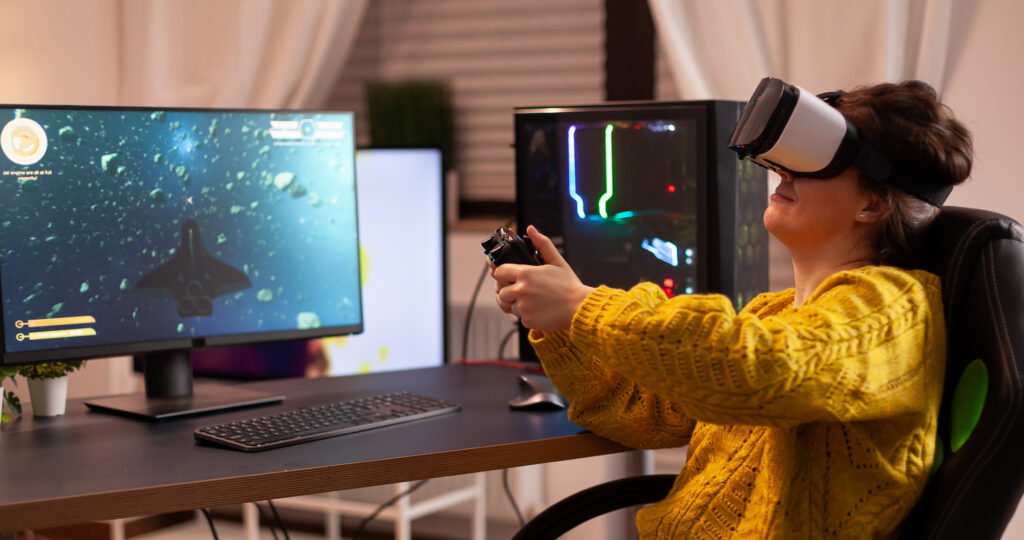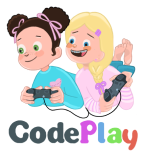How Game-Based Platforms Transform Education and Student Success
Game-based learning (GBL) has emerged as a transformative approach in education, leveraging the engaging nature of games to enhance student learning and success. By integrating game mechanics into educational contexts, GBL fosters active participation, motivation, and a deeper understanding of subject matter.

Theoretical Foundations of Game-Based Learning
At its core, GBL is rooted in constructivist learning theories, which emphasize that learners construct knowledge through experiences and reflections. Games provide interactive environments where students can experiment, solve problems, and learn from their actions in real-time. This experiential learning aligns with Kolb’s Learning Cycle, comprising concrete experience, reflective observation, abstract conceptualization, and active experimentation.
Mechanisms by Which Games Enhance Learning
- Active Learning: Games require players to make decisions, think critically, and apply knowledge, promoting active engagement. This active involvement contrasts with passive learning methods, leading to better retention and understanding.
- Immediate Feedback: Games provide instant responses to players’ actions, allowing learners to understand the consequences of their decisions promptly. This immediate feedback loop facilitates rapid learning and adjustment.
- Motivation and Engagement: The challenge-reward structure inherent in games motivates students to persist in tasks, enhancing engagement. Achievements, leaderboards, and progression systems serve as extrinsic motivators, while the enjoyment of gameplay fosters intrinsic motivation.
- Safe Learning Environment: Games offer simulated environments where students can experiment without real-world repercussions, encouraging exploration and risk-taking, which are vital for deeper learning.
Impact on Student Success
Research indicates that GBL positively influences various aspects of student success:
- Academic Achievement: Studies have shown that GBL can lead to improved learning outcomes. For instance, a meta-analysis examining the effect of digital game-based STEM education on students’ learning achievement found positive impacts on both knowledge acquisition and mathematical skills.
- Engagement and Motivation: GBL has been associated with increased student interest and motivation. Personalized digital educational games have been found to improve students’ learning outcomes, satisfaction, and overall enjoyment of the learning process.
- Skill Development: Beyond content knowledge, GBL supports the development of critical skills such as problem-solving, collaboration, and adaptability. For example, the Globaloria program engages students in designing and coding educational games, fostering computational thinking and creativity.
Challenges and Considerations
While GBL offers numerous benefits, educators should be mindful of potential challenges:
- Superficial Engagement: There’s a risk that students may focus more on game mechanics than learning objectives, leading to superficial engagement. Effective game design should align game goals with educational outcomes to mitigate this issue.
- Resource Intensive: Developing high-quality educational games requires significant resources, including time, funding, and expertise. Collaborations between educators, game designers, and researchers are essential to create effective GBL experiences.
- Diverse Learning Preferences: Not all students may find games engaging or suitable for their learning styles. Providing diverse instructional methods ensures inclusivity and addresses varying preferences.
Implementation Strategies
To effectively integrate GBL into educational settings, consider the following strategies:
- Align with Curriculum: Ensure that game content aligns with learning objectives and curriculum standards to maintain educational relevance.
- Balance Entertainment and Education: Design games that are enjoyable yet focused on educational outcomes, avoiding the pitfall of prioritizing fun over learning.
- Provide Support and Training: Offer professional development for educators to effectively implement and facilitate GBL in their classrooms.
- Utilize Existing Platforms: Leverage established educational games and platforms to reduce development costs and access proven resources.
Conclusion
Game-based learning represents a significant shift in educational practices, harnessing the power of games to create engaging, effective, and dynamic learning experiences. By understanding its theoretical foundations, benefits, and challenges, educators can thoughtfully implement GBL to enhance student success and prepare learners for the complexities of the modern world.
